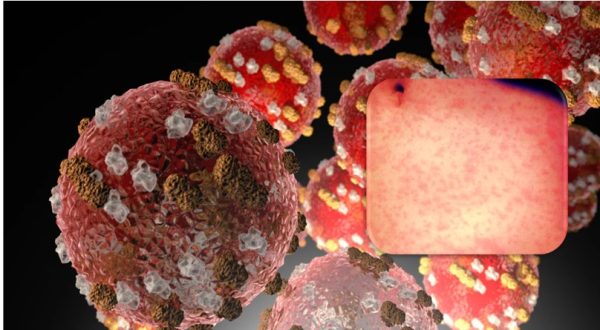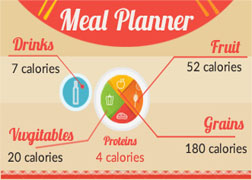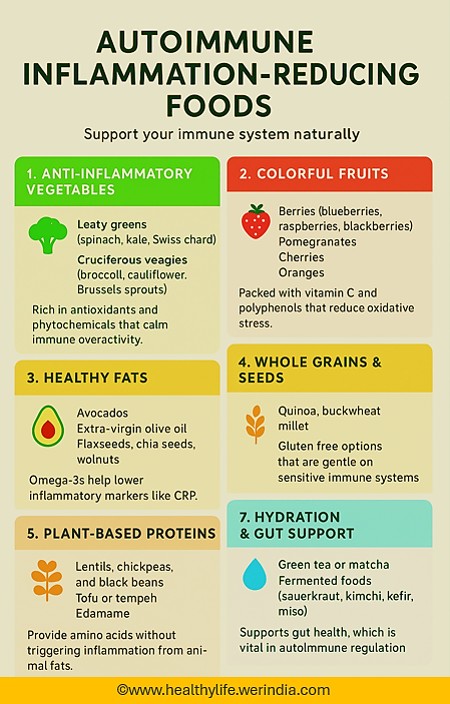
Measles Outbreak Continues In Rural West Texas
As of February 16, 2025, a significant measles outbreak is affecting West Texas, USA marking the state’s most severe occurrence in three decades. The Texas Department of State Health Services reports 48 confirmed cases, primarily among unvaccinated children and adolescents. Thirteen individuals have been hospitalized due to complications.
The outbreak is concentrated in Gaines County, particularly within a Mennonite community with low vaccination rates. Surrounding counties—Lynn, Terry, and Yoakum—have also reported cases. Health officials are collaborating with local authorities to enhance vaccination efforts and public education to curb the virus’s spread.
What is Measles? Measles is a highly contagious viral disease presenting symptoms such as high fever, cough, runny nose, and a characteristic red or brown rash. Complications can include ear infections, diarrhea, pneumonia, and encephalitis. The MMR vaccine (measles-mumps-rubella) is a proven preventive measure, with two doses offering substantial protection. Residents in the affected regions are strongly encouraged to verify their vaccination status and receive the MMR vaccine if necessary.
Recent Measles Outbreaks (2024–2025 updates): Measles cases are rising in several areas due to declining vaccination rates:
- West Texas (2025) – 48+ cases, primarily in unvaccinated communities.
- Ohio (2024) – Outbreak among unvaccinated schoolchildren.
- Europe & UK (2024–2025) – Measles surges due to vaccine hesitancy.
- Philippines (2024) – Over 1,000 measles cases linked to low vaccine coverage.
Health officials strongly encourage vaccinations to prevent further outbreaks.
Measles symptoms and prevention: Measles is a highly contagious viral infection that primarily affects the respiratory system. Symptoms typically appear 7–14 days after exposure and progress in stages:
Early symptoms (Prodromal phase – 2 to 4 Days):
- High fever (up to 104°F or 40°C)
- Cough (dry and persistent)
- Runny nose (coryza)
- Red, watery eyes (conjunctivitis)
- Sore throat
- Fatigue and malaise
Key identifying signs:
- Koplik’s spots (Tiny white spots with a bluish-white center inside the mouth, on the inner cheeks) appear 1–2 days before the rash.
- Measles rash (3 to 5 days after symptoms start):
- Begins as flat red spots on the face and hairline.
- Spreads downward to the neck, trunk, arms, legs, and feet.
- May merge and form larger patches.
- Can be itchy and lasts about 6–7 days before fading.
Complications (more common in high-risk groups)
- Ear infections -can lead to hearing loss.
- Diarrhea -leading to dehydration.
- Pneumonia -most common cause of measles-related deaths
- Encephalitis –brain swelling, leading to seizures or disability.
- Pregnancy risks – increases miscarriage, premature birth, or low birth weight.
Supportive care:
- Rest and hydration – Drink plenty of fluids to prevent dehydration.
- Fever reduction – Use acetaminophen (Tylenol) or ibuprofen (Advil) to manage fever (avoid aspirin in children due to Reye’s syndrome risk).
- Vitamin A supplementation – Reduces severity and risk of complications, especially in children.
- Cough and sore throat relief – Use humidifiers or steam therapy. Avoid irritants like smoke.
- Isolation – Measles is highly contagious. Patients should stay home and avoid public places for at least 4 days after rash onset to prevent spreading.
When to seek emergency care?
- Difficulty breathing
- Persistent high fever (above 104°F)
- Severe dehydration (not urinating, extreme fatigue)
- Confusion or seizures
Measles vaccination and prevention: MMR Vaccine (Measles-Mumps-Rubella): The MMR vaccine is the most effective way to prevent measles. It protects against measles, mumps, and rubella (German measles).
Dosage and schedule:
- First dose: 12–15 months old
- Second dose: 4–6 years old
- If missed, adults and older children can still receive the vaccine at any time.
Effectiveness: One dose is 93% effective at preventing measles. Two doses provide 97% protection for life.
Who should get the vaccine?
- All children
- Adults born after 1957 who have not been vaccinated.
- Travelers going to measles-endemic areas.
- Healthcare workers
- College students & those in high-risk settings
Who should not get the vaccine?
- Pregnant women (should get vaccinated after delivery)
- People with severe allergic reactions to vaccine components
- Immunocompromised individuals (e.g., those undergoing chemotherapy, organ transplant recipients)
Post-exposure protection: If an unvaccinated person is exposed to measles, these steps can help:
- MMR Vaccine (within 72 hours) – Can prevent or lessen the severity of the illness.
- Immune Globulin (IG) (within 6 days) – Provides temporary protection for high-risk groups (infants, pregnant women, and immunocompromised individuals).
This outbreak has reignited discussions about vaccination policies, especially concerning nonmedical exemptions. Experts warn that increasing exemption rates may lead to more frequent and severe outbreaks in the future.
References:
- https://www.dshs.state.tx.us/news-alert
- https://apnews.com/article/
- https://expressnews.com/news/texas/article
- www.cnn.com
- Image credit: https://www.cdc.gov/measles/php/laboratories/serology.html
Author: Sumana Rao | Posted on: February 16, 2025
« Tuberculosis Outbreak In Kansas City Ultra Processed Foods And Our Health »






















Write a comment